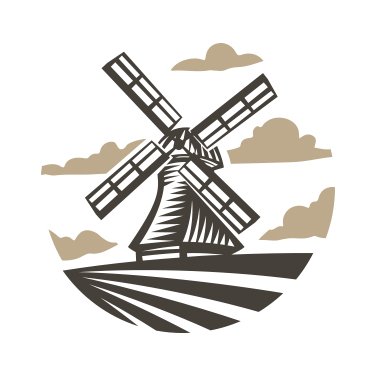Biden Administration Sued Over Destructive Cattle Grazing in Arizona National Monument
ON 03/13/2024 AT 01 : 52 AM
Annual Center field surveys in Agua Fria National Monument since 2021 have consistently documented illegal livestock damage to designated critical habitat.
In the monument, and across the desert Southwest, livestock grazing harms threatened and endangered wildlife and is the primary driver of riparian ecosystem degradation and species imperilment. Removing livestock from riparian areas is critical to curbing the extinction crisis in the Southwest.
After a Center lawsuit over grazing in Agua Fria in 2022, the Bureau of Land Management said it had initiated new consultations under the Endangered Species Act. But Center surveys in 2023 and 2024 documented continued unauthorized grazing and resulting damage to endangered species habitat. And the Endangered Species Act consultation the bureau promised nearly two years ago has not begun.
Livestock damage in the monument spans five different grazing allotments and includes contaminated streams, trampled streambeds and banks, and vegetation grazed down to the roots in protected critical habitat along the Agua Fria River, Ash Creek, Little Ash Creek, Sycamore Creek, Silver Creek and Indian Creek. The Gila chub may already be wiped out from Silver Creek. The Center has also documented damage to irreplaceable archeological sites.
Agua Fria National Monument was designated in 2000 to protect cultural resources, riparian forests and biodiversity. The grazing permit for the Horseshoe allotment is held by the Arizona Game and Fish Department, which used federal funds to purchase the Horseshoe Ranch in 2009 with the promise to improve endangered species habitat in the monument.
Field surveys in recent years have documented chronic and severe damage from unlawful livestock grazing to endangered species habitat along hundreds of miles of streams, rivers and tributaries in Arizona and New Mexico. In those two states, the Center has surveyed 70% of designated critical habitat for the threatened yellow-billed cuckoo and found that cattle grazing has caused moderate to significant damage in 80% of those areas.
Litigation and agreements resulting from some of those surveys required federal agencies to monitor and remove livestock from riparian critical habitat for endangered species. Agency compliance with those agreements has been mixed, with some areas seeing livestock removed from critical habitat, while in other areas unauthorized grazing persists.
During a recent court hearing over feral cattle on public lands in New Mexico, an attorney representing the federal government stated: “It's well settled that cattle and riparian areas do not mix.”
Up to 75% of Arizona’s wildlife species depend on riparian areas, although riparian areas make up less than 1% of the state’s land. During the 20th century most of Arizona’s low-elevation riparian habitats were destroyed by human activities, including livestock grazing. The cottonwood-willow riparian forest, still found in the Agua Fria National Monument, is now the rarest forest type in North America.
